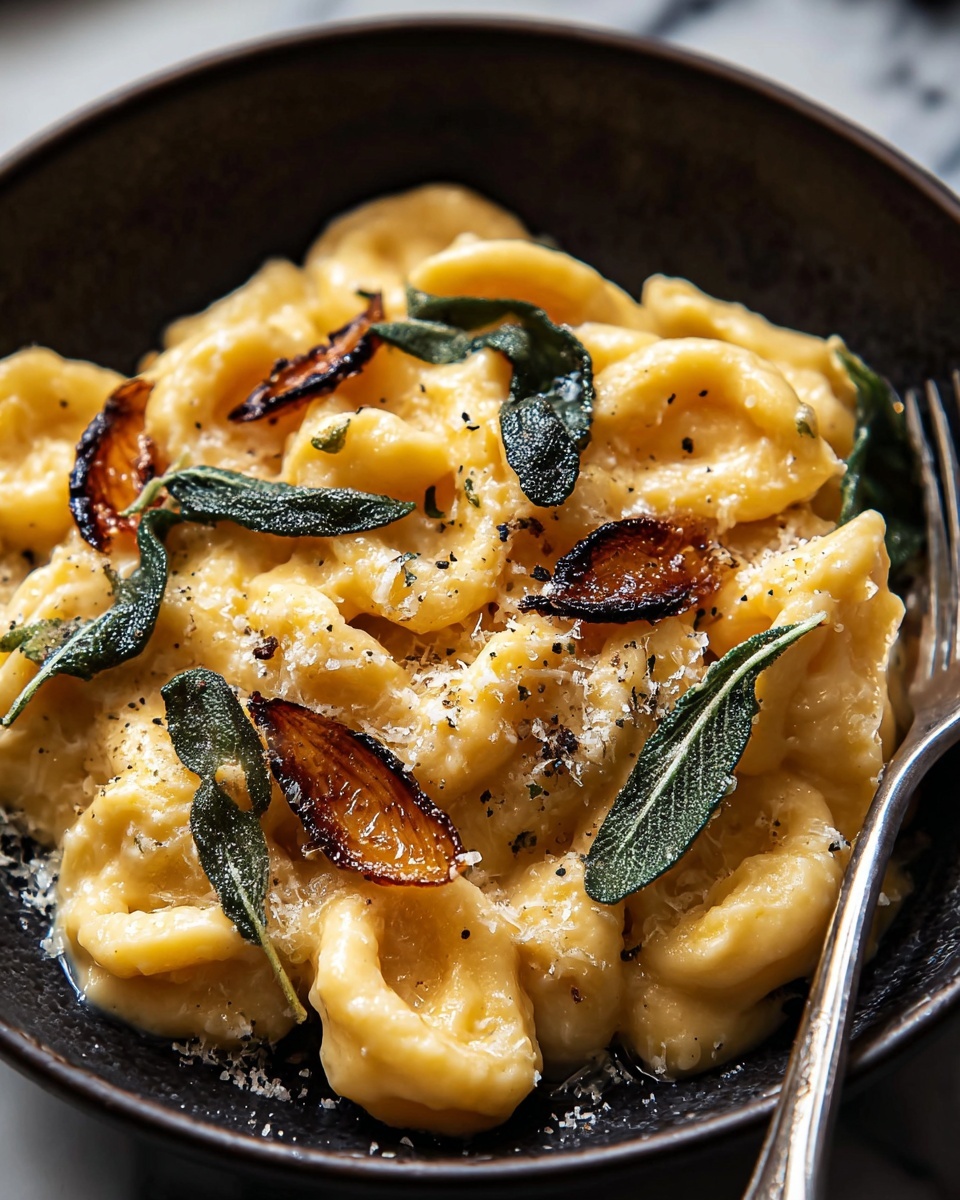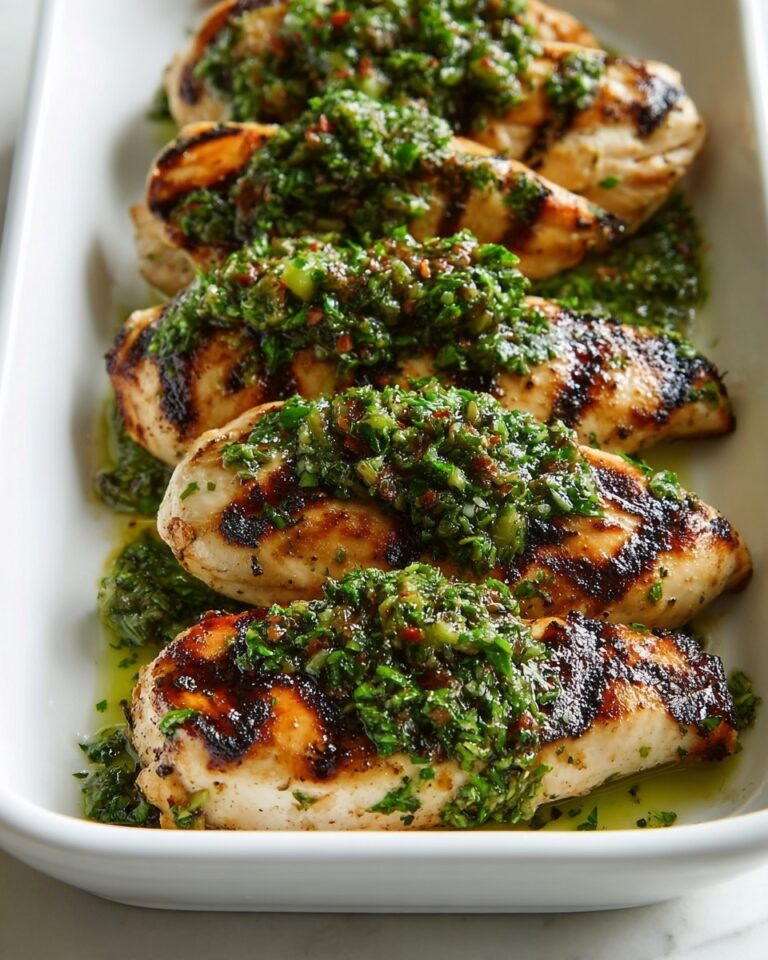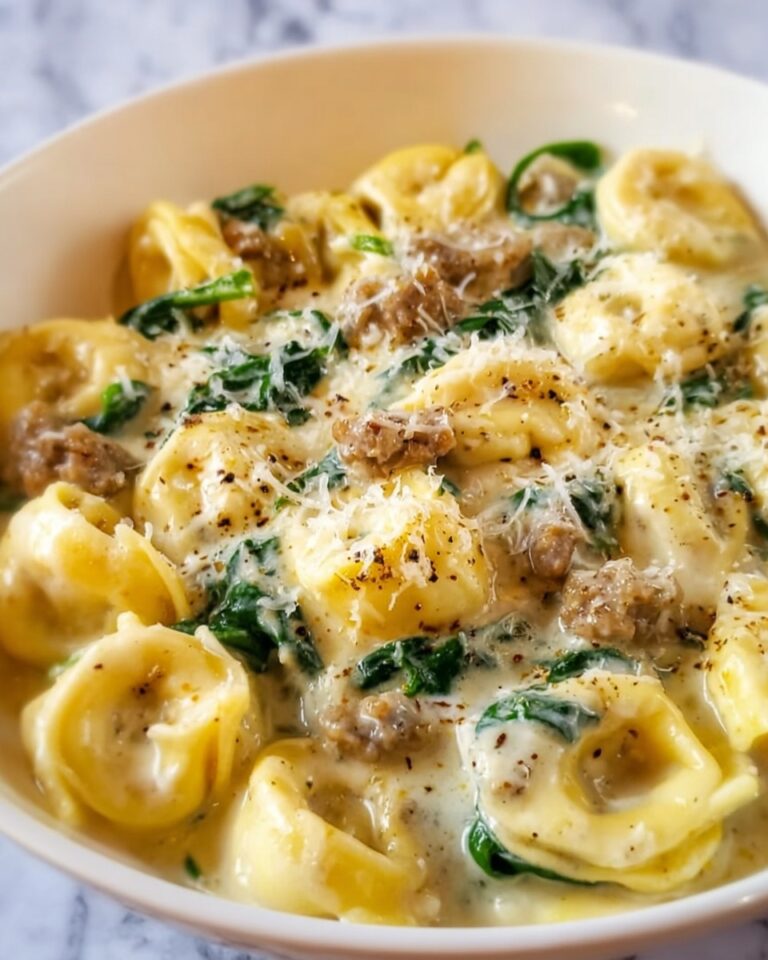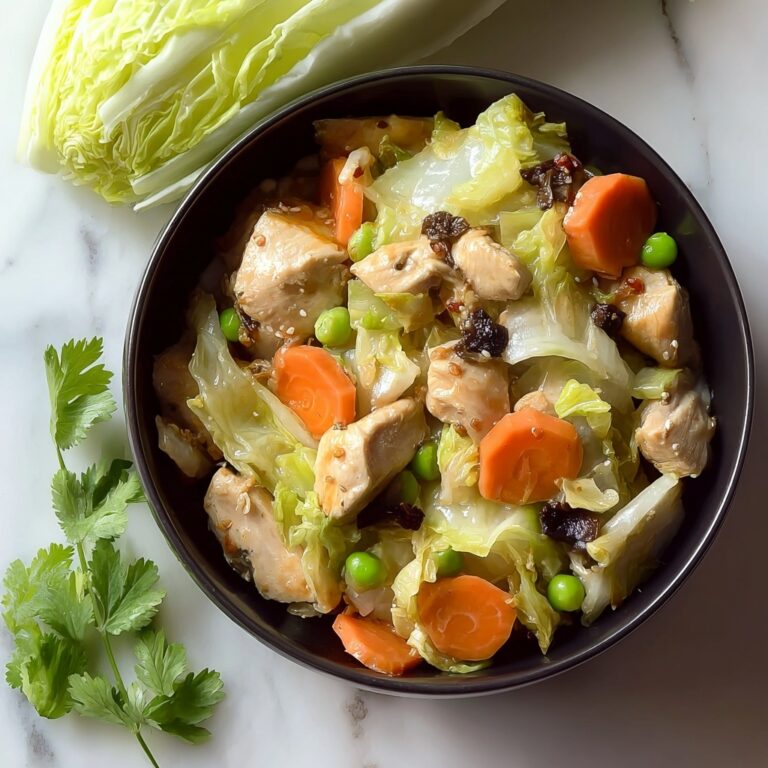If you’re looking for a comforting meal that blends sweet, earthy flavors with a hint of freshness, then the Roasted Butternut Squash and Sage Pasta Recipe is an absolute must-try. This dish is a perfect celebration of tender, caramelized butternut squash paired with fragrant sage and creamy Parmesan, all coming together with your favorite pasta for a warm bowl of pure satisfaction. Whether you’re cooking a cozy weeknight dinner or impressing friends with something special yet simple, this recipe delivers big on taste with ingredients that feel both wholesome and elegant.
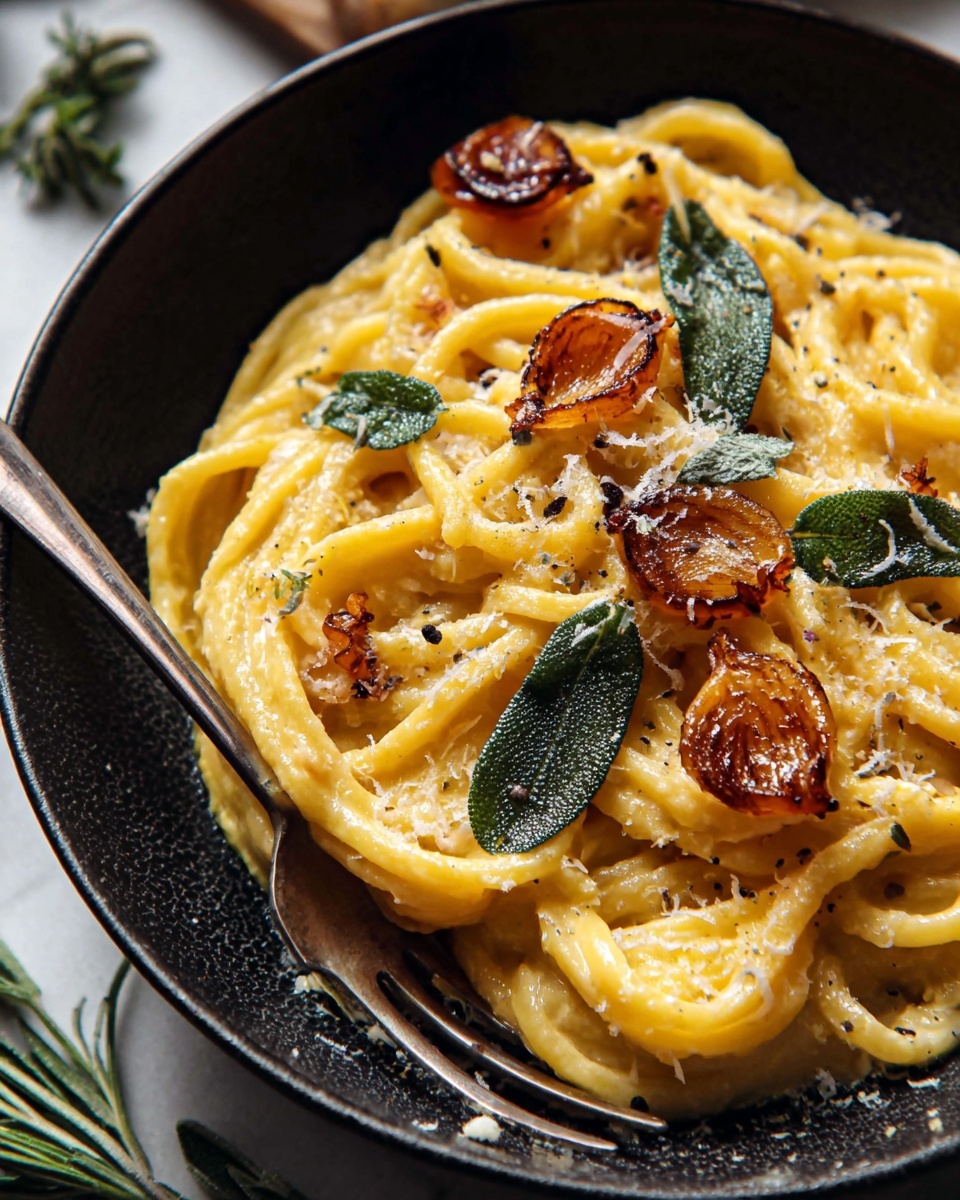
Ingredients You’ll Need
To nail this dish, you don’t need a laundry list of fancy items. Instead, the beauty lies in simple, fresh ingredients that each bring their unique charm—sweetness from the squash, warmth from the sage, and a cheesy creaminess that ties everything together.
- Butternut squash: Fresh and peeled, cubed to roast evenly for that perfect caramelization.
- Pasta (penne or fettuccine): Choose your favorite shape to soak up the flavors and sauce.
- Olive oil: Adds richness and is used both for roasting and sautéing.
- Fresh sage: Chopped finely to give an aromatic, slightly peppery note that complements the squash.
- Grated Parmesan cheese: A must for that nutty, savory finish that makes this dish crave-worthy.
- Salt and pepper: Essential for seasoning and balancing the flavors perfectly.
- Optional: Walnuts, toasted: Adds a delightful crunch and an earthy depth to contrast the soft pasta and squash.
How to Make Roasted Butternut Squash and Sage Pasta Recipe
Step 1: Roast the Butternut Squash
Start by preheating your oven to 400°F (200°C). Toss the cubed butternut squash with olive oil, salt, and pepper on a baking sheet. Spreading them out evenly ensures each piece roasts beautifully, developing those golden edges and soft centers that make the squash irresistible.
Step 2: Cook the Pasta
While the squash is roasting—about 25 to 30 minutes—cook your pasta according to package instructions until it’s perfectly al dente. Don’t forget to save a little pasta water before draining; it’s a secret ingredient for marrying the squash and sage with the pasta into a creamy sauce.
Step 3: Sauté the Sage
In a skillet over medium heat, heat a splash of olive oil and gently sauté the chopped fresh sage for about one minute, just until fragrant. This quick step releases those beautiful aromas that elevate the entire dish and add that unforgettable sage flavor we all love here.
Step 4: Combine Pasta, Squash, and Sage
Add the roasted squash and the cooked pasta to the skillet with the sage. Toss everything gently, using reserved pasta water bit by bit to create a luscious, creamy texture that coats every bite without needing cream.
Step 5: Finish with Parmesan
Stir in the grated Parmesan cheese until it melts into the warm pasta, enriching the dish with savory, nutty goodness. Serve it up piping hot for a meal that feels both satisfying and elegant in every bite.
How to Serve Roasted Butternut Squash and Sage Pasta Recipe
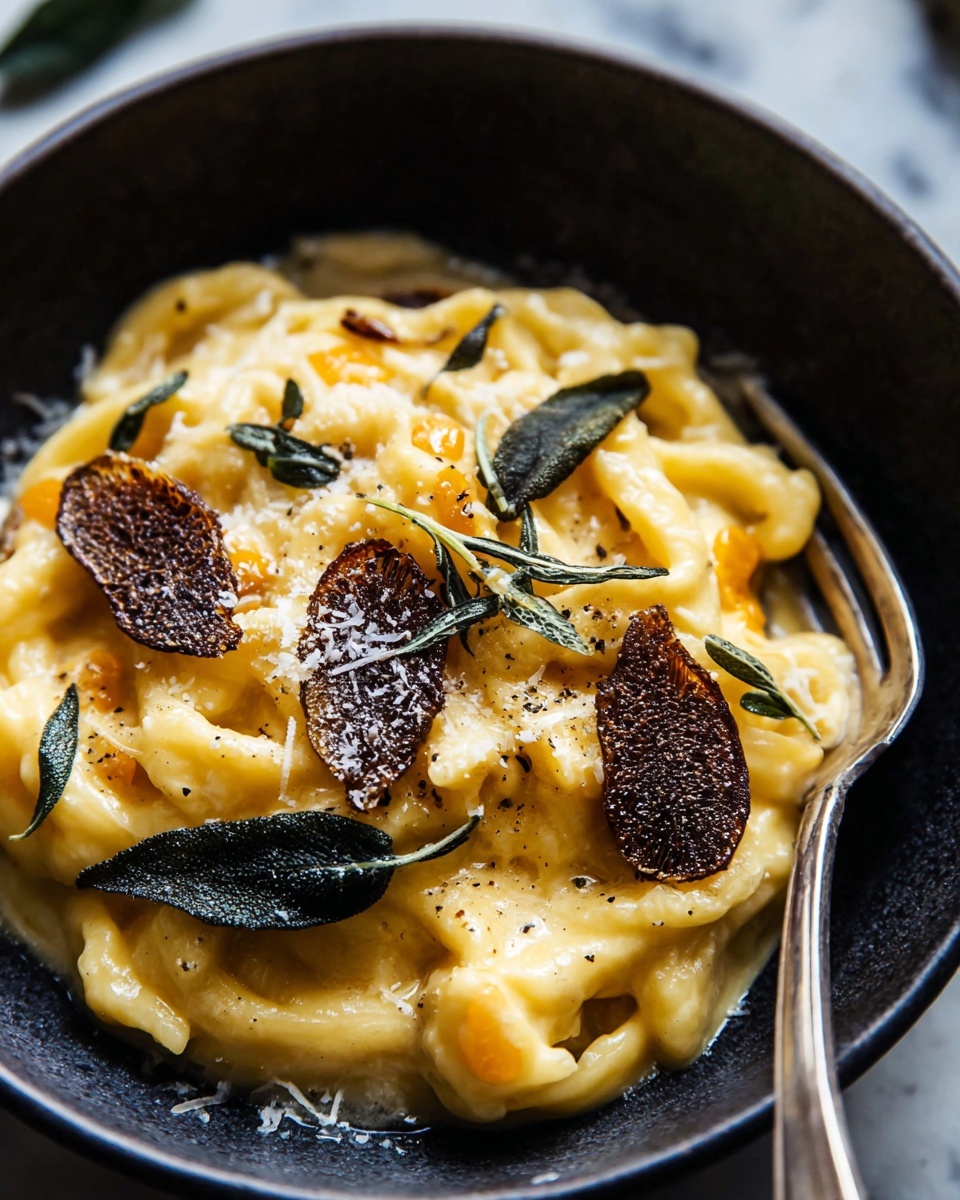
Garnishes
To take your Roasted Butternut Squash and Sage Pasta Recipe to the next level, sprinkle some extra toasted walnuts on top for texture and crunch. You can also add a few fresh sage leaves as garnish or a lightly cracked black pepper to enhance the aroma just before serving.
Side Dishes
This pasta pairs beautifully with a simple green salad dressed with lemon vinaigrette or a crusty, warm baguette to scoop up every bit of that flavorful sauce. Roasted Brussels sprouts or a light garlic sautéed spinach would also complement the dish wonderfully without overpowering those delicate squash flavors.
Creative Ways to Present
For a dinner party, consider scooping the pasta into individual shallow bowls and topping each with a sprig of fresh sage and a drizzle of good-quality olive oil. For a cozy family meal, a large wooden board with all components placed together invites everyone to serve themselves, turning dinner into an interactive, festive experience.
Make Ahead and Storage
Storing Leftovers
You can keep leftover Roasted Butternut Squash and Sage Pasta Recipe stored in an airtight container in the refrigerator for up to 3 days. The flavors deepen overnight, so it often tastes even better the next day, just be sure to reheat gently.
Freezing
This pasta can be frozen, though the texture of the squash might change slightly. To freeze, cool completely and store in a freezer-safe container for up to 2 months. Thaw overnight in the fridge before reheating.
Reheating
Reheat leftovers on the stovetop over low heat, adding a splash of water or broth to revive the creamy texture. Avoid microwaving directly without moisture, as it can dry out the squash and pasta.
FAQs
Can I use dried sage instead of fresh?
While fresh sage provides the best aroma and flavor, dried sage can be used in a pinch. Use about half the amount and add it earlier in the cooking process to let it rehydrate and release its flavor.
Is there a substitute for Parmesan cheese?
Yes! Pecorino Romano, Grana Padano, or even a sprinkle of nutritional yeast for a vegan twist can work wonderfully as flavorful alternatives to Parmesan.
Can I make this gluten-free?
Absolutely! Just swap the regular pasta for your favorite gluten-free pasta variety. The recipe’s flavors won’t miss a beat.
What shape of pasta works best?
Penne and fettuccine are great because they hold the sauce well, but feel free to experiment with rigatoni, farfalle, or even orecchiette for different textures.
How do I toast walnuts perfectly?
Simply toast walnuts in a dry skillet over medium heat for 3-5 minutes, stirring frequently, until they smell fragrant and start to turn golden. Keep an eye on them to avoid burning!
Final Thoughts
There’s something truly special about the Roasted Butternut Squash and Sage Pasta Recipe that brings warmth and comfort in every bite. Its simple ingredients come together so effortlessly, making it a go-to for cozy dinners or occasions where you want to impress without fuss. Dive in and enjoy this tasty, heartwarming dish—your taste buds will thank you!
Print
Roasted Butternut Squash and Sage Pasta Recipe
- Prep Time: 15 minutes
- Cook Time: 30 minutes
- Total Time: 45 minutes
- Yield: 4 servings
- Category: Main Course
- Method: Roasting
- Cuisine: Italian
- Diet: Vegetarian
Description
A comforting and flavorful roasted butternut squash and sage pasta dish featuring tender roasted squash, aromatic fresh sage, and creamy Parmesan cheese, perfect for a cozy weeknight dinner.
Ingredients
Main Ingredients
- 1 medium butternut squash, peeled and cubed
- 8 ounces pasta (penne or fettuccine)
- 2 tablespoons olive oil
- 2 tablespoons fresh sage, chopped
- 1/2 cup grated Parmesan cheese
- Salt and pepper to taste
Optional
- 1/4 cup walnuts, toasted
Instructions
- Preheat and Prepare Squash: Preheat your oven to 400°F (200°C). On a baking sheet, toss the cubed butternut squash with olive oil, salt, and pepper. Spread evenly to ensure even roasting.
- Roast Butternut Squash: Roast in the preheated oven for about 25-30 minutes until the squash is tender and golden brown, stirring halfway if desired for even cooking.
- Cook Pasta: Meanwhile, cook the pasta according to the package instructions until al dente. Before draining, reserve a cup of pasta water to help create a creamy sauce later.
- Sauté Sage: In a skillet over medium heat, sauté the chopped fresh sage in olive oil for about 1 minute until fragrant, releasing its aroma.
- Toss Together: Add the roasted butternut squash and cooked pasta to the skillet with the sage. Gently toss everything together, gradually adding reserved pasta water as needed to achieve a creamy texture.
- Add Cheese and Serve: Stir in the grated Parmesan cheese until well combined. Add salt and pepper to taste. Optionally, sprinkle toasted walnuts on top before serving hot.
Notes
- Reserve pasta water carefully to prevent losing starch which helps bind the sauce.
- Use fresh sage for the best flavor; dried sage may be too overpowering.
- For added texture and flavor, toasted walnuts are a great optional topping.
- Ensure not to overcook the pasta; al dente texture holds better in the sauce.
- This dish pairs well with a simple green salad or crusty bread.

